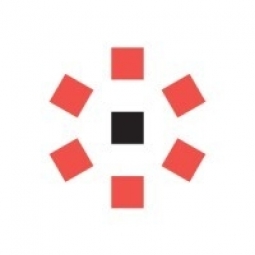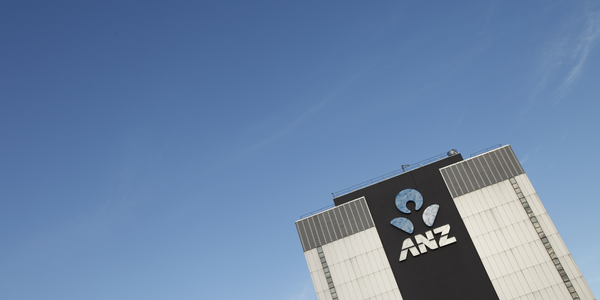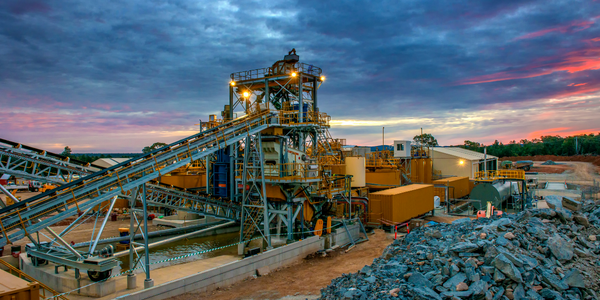Promoting Regulatory Compliance, Operational Efficiency, and Innovation with IoT: A Case Study on Coface

Technology Category
- Infrastructure as a Service (IaaS) - Virtual Private Cloud
- Platform as a Service (PaaS) - Application Development Platforms
Applicable Functions
- Product Research & Development
- Quality Assurance
Use Cases
- Leasing Finance Automation
- Regulatory Compliance Monitoring
Services
- Cloud Planning, Design & Implementation Services
About The Customer
Coface is a globally operating credit insurer that offers companies solutions to protect them against the risk of financial default of their clients, both in their domestic and export markets. The company employs over 4,400 people and registered a turnover of $1.56 billion in 2020. As a large, geographically dispersed financial services organization, Coface faces numerous regulatory and compliance challenges. The company is constantly seeking ways to improve operational efficiency and spur business growth by introducing innovative business use cases.
The Challenge
Coface, a global credit insurer, faced a multitude of regulatory and compliance challenges due to its large and geographically dispersed nature. The company aimed to enhance operational efficiency and stimulate business growth by introducing innovative business use cases. However, the primary requirement for dealing with these challenges was the ability to provide comprehensive data in the right context. Integrating this data from various internal and external sources, including on-premises and cloud systems, proved to be excessively complex. The company needed a solution that could simplify this process and make previously inaccessible data easily available, while also ensuring governance, compliance, and data security.
The Solution
Coface decided to leverage the Denodo Platform, powered by data virtualization, to create a virtual data lake. This new virtual data lake offered three main advantages over a physical data lake. Firstly, it reduced development costs as metadata specifications needed to be defined only once and could be reused multiple times. Secondly, it accelerated development as there was no need to learn the technical languages and APIs of the original data sources. Lastly, it increased report and analytical consistency. Additionally, the Denodo Platform enabled the centralization of business rules, ensuring that compliance checks and audits could be completed more quickly and accurately. Shortly after implementing the Denodo Platform, Coface was able to move 25 use cases into production that were being served through the virtual data lake.
Operational Impact
Quantitative Benefit

Case Study missing?
Start adding your own!
Register with your work email and create a new case study profile for your business.
Related Case Studies.

Case Study
Remote Monitoring for Environmental Compliance
Emerson wanted to provide a connected environmental analyzer to their customers. They wanted to leverage IoT technologies to provide a software solution that was easy to use, real-time and centralized. Compliance with pollution control board guidelines and the ability to remotely calibrate and troubleshoot these devices was the primary objective. Requirements - Centralized Remote Monitoring. - IoT Based Smart Environmental Analyzers. - Remote Calibration and Troubleshooting. - User Friendly Application. - Reporting & Dashboards. - Compliance with pollution control board guidelines.

Case Study
ELI LILLY ADOPTS MICROMEDIA’S ALERT NOTIFICATION SYSTEM
Pharmaceutical production is subject to a strict set of enforced rules that must be adhered to and compliance to these standards is critically necessary. Due to the efforts of WIN 911’s strategic partner Micromedia, Lilly was able to adopt an alarm notification infrastructure that integrated smoothly with their existing workflows and emergency hardware and protocols. These raw energy sources enable the industrial process to function: electricity, WIN-911 Software | 4020 South Industrial Drive, Suite 120 | Austin, TX 78744 USA industrial steam, iced water, air mixtures of varying quality. Refrigeration towers, boilers and wastewater are monitored by ALERT. Eli Lilly identified 15000 potential variables, but limitations compelled them to chisel the variable list down to 300. This allowed all major alarms to be covered including pressure, discharge, quantity of waste water discharged,temperature, carbon dioxide content, oxygen & sulphur content, and the water’s pH.

Case Study
Digital Transformation in Insurance: A Case Study of Menora Mivtachim
Menora Mivtachim, one of Israel's largest pension fund and insurance carriers, was facing a significant challenge due to demographic trends in Israel. The growing rate of retirement planning and services was putting unprecedented pressure on the already strained insurance sector. The pension claims process was bottlenecked with complexities, bureaucracy, and errors. Menora Mivtachim's existing pension process was heavily manual and spreadsheet-based, requiring a team of 10 full-time employees to manage. The process involved gathering applicant information, conducting personal surveys, compiling bank information, and finalizing agreements. To leverage the growing opportunity in the retirement sector and position themselves as innovative insurtech leaders, Menora Mivtachim needed to digitalize their process, streamline the claims experience, and reduce quote times through automated processes.

Case Study
IoT Solutions Give Commercial Fishing Real-time insights
Technology to support vessels in the commercial fishing industry had not changed significantly since the advent of radar. Over the past 40 years commercial fishing in the United States has continued to be one of the most active, yet regulated industries. The combination of federal regulations and lack of technology created an opportunity for Faria Watchdog to go-to-market with a solution.

Case Study
ANZ Bank's Digital Transformation with Nintex Advanced Workflow
ANZ Bank, one of the top 50 banks in the world and the fastest-growing bank in Indonesia, was facing a challenge with its rapidly increasing transaction volume. The bank's existing business processes and workflow were becoming overwhelmed. Like most banks in Indonesia, ANZ was manually handling document submission and verification. Customers filled out paper loan applications and supporting documents, then delivered them to bank branches by mail or courier. Branch officers traveled to the bank’s headquarters or used postal mail, email, and phone calls to submit loan documents for verification. Lost or inaccurate documents created more emails and phone calls. Additionally, ANZ had to adhere to strict verification and financial regulations, including the Foreign Accounts Compliance Act. This act requires that all banks outside the United States provide key information about U.S. clients, including citizenship validation, to the Internal Revenue Service–a complex yet crucial process.

Case Study
Automation in Mining: Unleashing Productivity and Efficiency with 5G
The mining industry, a significant contributor to global economic activity with revenues exceeding USD 500 billion, is facing a challenge of improving efficiency and profitability. The industry is gradually shifting its focus towards automation as the next area of opportunity. Boliden, one of the world's most successful mining companies, operates the Aitik mine, the largest open pit in Europe. The Aitik mine is expanding, and with the increase in production from 36 million metric tons of ore to 45 million metric tons, the amount of rock removed will also increase significantly. However, increasing the number of machines required for rock removal in a busy mine is not a straightforward task. Additionally, every blast creates toxic gases that need to dissipate before humans can enter the area and begin excavation. The challenge lies in improving efficiency, managing the increased production, and ensuring safety in the harsh mining environment.






